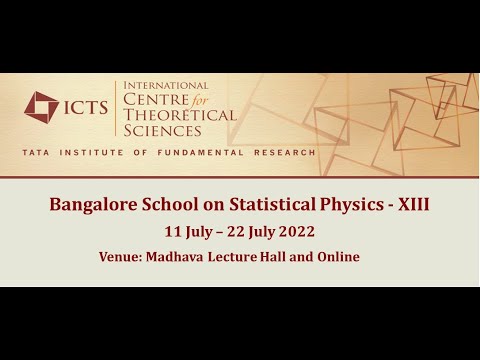Description:
Explore the fundamentals of turbulent flow in this comprehensive lecture on Statistical Physics of Turbulence. Delve into the occurrence and significance of turbulence in natural and industrial settings, examining various mechanisms such as boundary layers, natural convection, and shear flow. Gain insights from mathematical, engineering, and physics perspectives on turbulence, and learn about analytical, experimental, and numerical tools used in its study. Discover key concepts like the dissipative anomaly, Richardson cascade, and Kolmogorov self-similarity. Understand the global energy budget, multi-scale description, and cascade hypotheses in turbulent flows. Conclude with a Q&A session to reinforce your understanding of this complex phenomenon.

Statistical Physics of Turbulence - Lecture 1
Add to list
#Science
#Physics
#Statistical Physics
#Fluid Mechanics
#Fluid Dynamics
#Computational Fluid Dynamics
#Thermodynamics
#Heat Transfer
#Convection
#Boundary Layers
#Turbulence
#Navier Stokes Equations